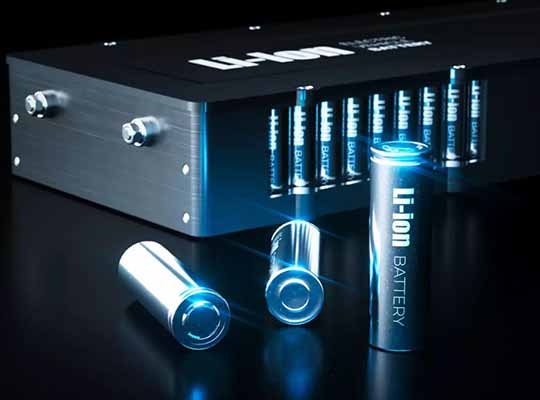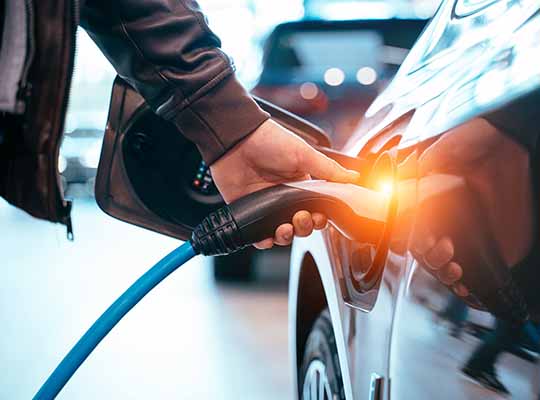NEW YORK — According to the latest report published by P&S Intelligence. The lithium-ion battery market revenue will reach to $165,847.8 million by 2030, at a high 15.3% CAGR. Among all the battery chemistries, NMC remains the most popular because of its high thermal stability, long life, and high energy storage capacity. This makes Li-NMC batteries ideal for consumer electronics and electric vehicles (EVs), both of which are witnessing a burgeoning demand.
Another key reason for the rising usage of Li-ion batteries is the growth in renewable energy production. As per the IEA, renewable energy usage in 2020 grew by 3% from 2019 due to the commissioning of over 60 GW of wind power and more than 100 GW of solar power plants around the world. Even though renewable energy is beneficial, its output is unreliable. This is why the low energy output during periods of peak demand needs to be supplemented with the energy stored in batteries during periods of excess production.
Key Findings of Lithium-Ion Battery Market Report
- Moreover, their reducing prices are leading to the rising demand for these energy storage systems. With the increasing demand for EVs, consumer electronics, and renewable energy compelling energy technology companies to augment battery production, the prices of these systems are coming down.
- Moreover, lithium-ion battery market players are currently focusing on reducing the cobalt content in NMC batteries, which will ultimately make them and, in turn, EVs, cheaper for the masses.
- The EV demand is itself being driven by the rising prevalence of respiratory diseases due to air pollution, diminishing crude oil reserves, and increasing fossil fuel prices.
- Therefore, the highest demand for lithium-ion batteries is generated in the automotive sector (primarily EVs), a situation that will not likely change till 2030. Moreover, among EVs, BEVs are the largest application area for these systems.
- The COVID-19 pandemic dampened the growth prospects for the lithium-ion battery market because of the reduced industrial and commercial activities. This was visible in the shutdown of many automotive and consumer electronics factories and decrease in renewable capacity additions.
- Despite all this, APAC remained the largest consumer of these energy storage devices because of the strong government support for EVs. Moreover, as per the World Economic Forum, during the pandemic, sales of consumer electronics, such as smartphones and tablets, through online channels rose massively, with people isolated and working from home.
The usage of iron trifluoride in the cathode brings opportunities for lithium-ion battery market players, by potentially widening the application area of these devices. Most of the conventional cathode materials are able to transfer a single electron to the anode, which limits the battery energy density. However, iron trifluoride can transfer three electrons, thereby increasing the energy density by three times.
Therefore, BYD Company Limited, Panasonic Corporation, LG Chem Ltd., Samsung SDI Co. Ltd., GS Yuasa Corporation, Shenzhen BAK Battery Co. Ltd., Showa Denko K.K. Company Ltd., Amperex Technology Limited, Toshiba Corporation, and Tesla Inc., are investing heavy sums in R&D, for enhancing the battery technology. For instance, Toyota and Panasonic came together in February 2020 to develop high-capacity and -output prismatic automotive lithium-ion batteries.













